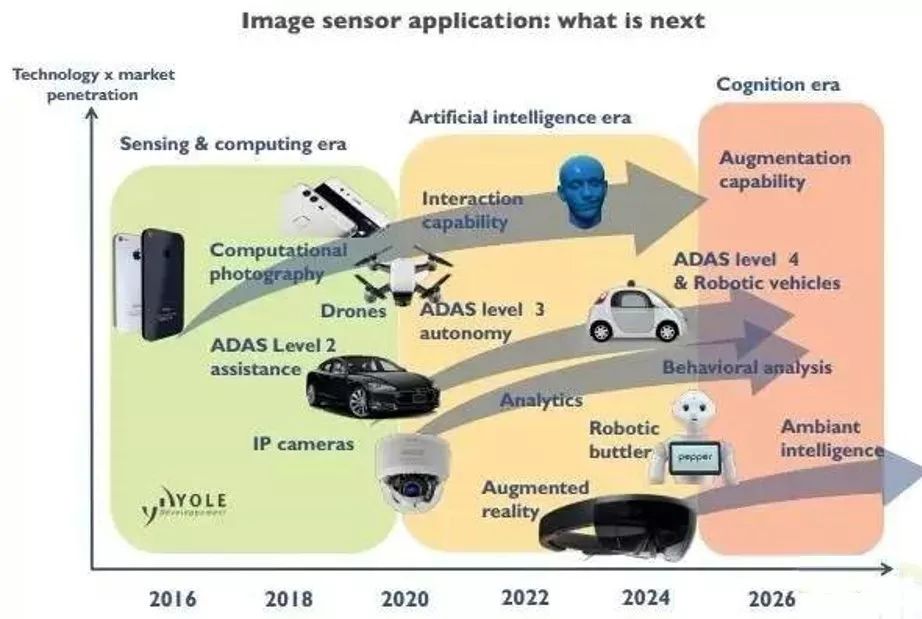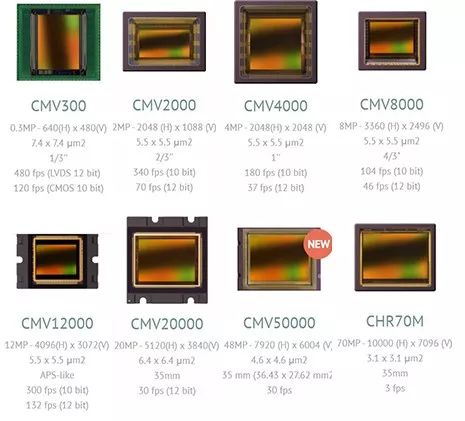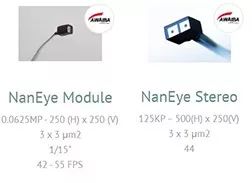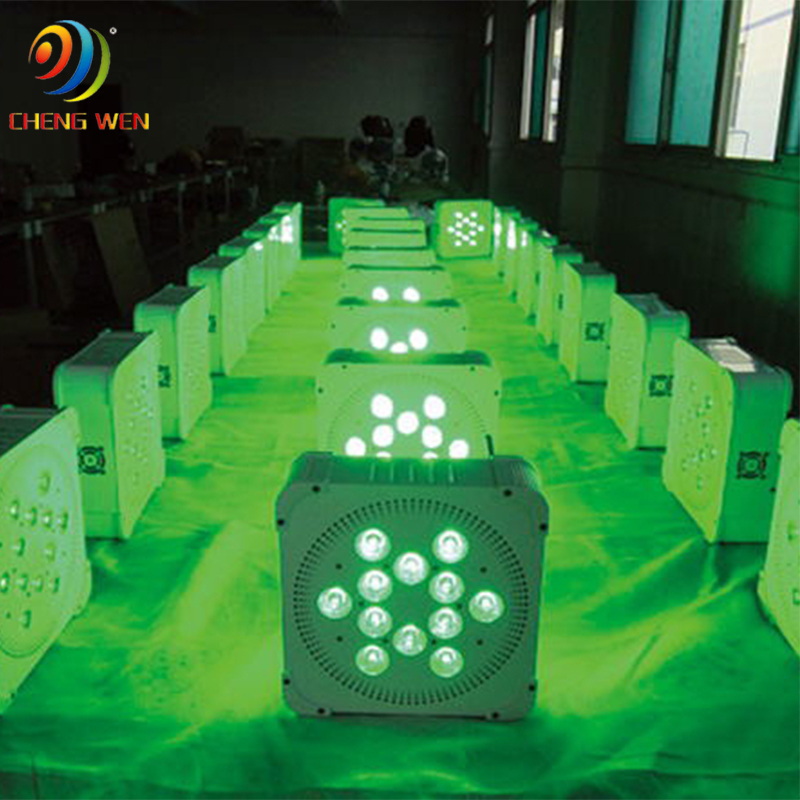CMOS image sensors originated from "photography and recording applications" and gained popularity in the "mobile market." In recent years, they have been driven by high-value downstream markets. So, which areas will become the next high-growth segments for CMOS image sensors? Consumer electronics, drones, robotics, or VR?
CMOS image sensors offer advantages such as compact size and low power consumption, capturing 90% of the image sensor market share. With advancements in technologies like back-illuminated and stacked designs, as well as the rise of dual-camera and 3D cameras in smartphones, new selling points have emerged. Combined with emerging fields such as automotive, drones, VR, and AR, CMOS image sensors are entering a new phase of industry growth.

**CMOS Image Sensor Application Trends**
*Image courtesy of Yole Développement*
**Consumer Market Still Dominates**
The mobile sector has always been a key market for CMOS image sensors. It's expected that dual and 3D cameras will become standard in future smartphones. As these features become more widespread, CMOS sensors are set to experience another surge. This shift is not just about image quality but also about human-computer interaction, marking a transition from imaging to sensing and user interface.
**Automotive: The Fastest Growing Segment**
Automotive electronics is the fastest-growing segment for CMOS image sensors. In 2015, global sales reached $480 million, accounting for 4.8% of the CMOS market. By 2020, it's projected to reach $1.8 billion, with a market share of 11%.
Advanced driver-assistance systems (ADAS) require rear, front, and surround-view cameras to capture environmental data for functions like forward collision warning, lane departure alerts, automatic parking, road monitoring, and obstacle detection. High-end ADAS systems already use 5–8 cameras, and with the development of autonomous driving, this number could exceed 10 in the future.
**Medical Applications Emerge**
Traditional CCD technology can no longer meet the demands of medical imaging. CMOS sensors, with their six key advantages—higher integration, lower power, flexible imaging, smart interfaces, greater dynamic range, and higher sensitivity—are making a strong impact in the medical field. Devices like endoscopes have seen significant performance improvements due to CMOS technology.
**Ams’ Vision for Future Growth**
Ams CEO Alexander Everke has predicted that CMOS image sensors will see broad applications in several areas: 3D modeling, AR/VR, gesture recognition, facial identification, 3D scanning, and gaming.

*Image courtesy of Yole Développement*
With strong demand from downstream industries and intense competition, Ams continues to develop high-performance products and invest in innovation strategies.
**Surface Image Sensors**
Including CMV and CHR series, these are widely used in industrial vision, scientific research, aerospace, military, and medical devices.

**Line Image Sensors**
Comprising Orion Line Scan, Dragster Line Scan, and 4LS Line Scan, these are commonly found in industrial and medical imaging applications.

**Miniature Modules**
The Naneye series is used in medical instruments and inspection systems.

Wirless Battery Par Lights
This series is LED wireless battery par light, the wireless design makes it more portable, the chassis design is compact, the weight is moderate, and it is convenient to transfer in the place. In addition to the traditional DMX signal control, the convenient mobile app control has become a more convenient control method, and the color and brightness are not inferior to conventional par lights. Equipped with a flight case with a socket, it is convenient to charge the lamp anytime and anywhere, and it can be taken out for use when it arrives at the destination, and it can be used for 24 hours after being fully charged.

Wireless Battery Par Lights ,Wireless Battery Par Lights,Wireless Led Par,Wireless Led Par Lights
Guangzhou Cheng Wen Photoelectric Technology Co., Ltd. , https://www.cwdisplay.com

